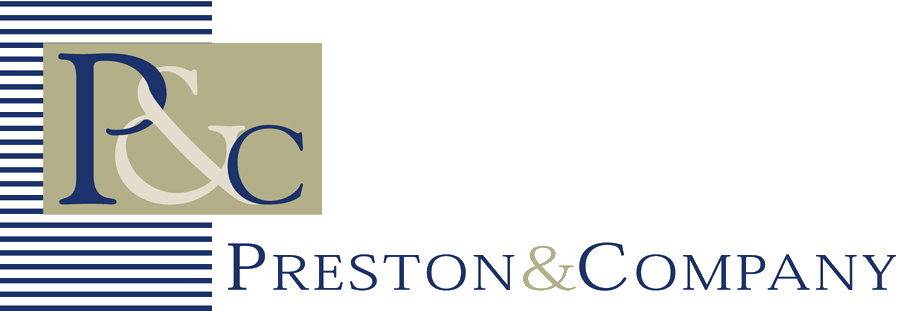These days, there’s a lot of talk about improving the candidate experience. And while this sentiment is admirable (not to mention, timely), many people are getting it all wrong.
First off, the term “candidate experience” is a bit of a misnomer. Many presume the candidate experience is the level of treatment a candidate receives during the recruiting process. Presumably, this is a small window of time that begins when an executive has been notified they are a viable candidate and ends after an offer has been made.
But that is far too narrow. An executive’s true candidate experience is much broader, and businesses who make this common mistake could be undercutting their entire recruiting strategy.
Improving the Candidate Experience at Every Stage of the Hiring Process
A holistic approach to delivering the best candidate experience means recruiting with far more consideration, thoroughness, and attention to detail. That means your recruiting partner should work with you to build out a process that paves the way for the best candidate experience long before a candidate even knows they are a candidate and continues long after they’ve been extended an offer.
What does that mean for you, our client? What, if anything, is changing in our process to deliver the experience executive recruits are looking for?
To better understand the process, let’s go way back to the beginning.
Defining Your Hiring Needs Means Defining Your Skills Gap
You’re not just recruiting because you have an opening in executive leadership. You’re hiring to fill a specific skills gap. So your path to delivering the best candidate experience means first defining the skills you’re looking to fill. This skills-first approach can improve the candidate experience later because it focuses on finding the right person who can meet the specific business needs, not just filling an empty seat.
Creating the Job Description
By beginning with the skills you’re looking for, now you can essentially reverse-engineer the job description from there. Again, you’re not just looking to fill a seat. You might be seeking a leader, or someone who’s passionate about building workplace culture, or someone who can influence change and buy in with business partners. All these details are woven into the language of the job description to better define the right candidate.
Pro-tip: Don’t go overboard on the job description.
Less is sometimes more. While there’s nothing wrong with knowing what you’re looking for, writing an overly defined job description can backfire. Highly qualified candidates may self-select themselves out of the recruitment process because they don’t see all of themselves in the job description and mistakenly assume they are unqualified or not a good fit.
Recruiting Leadership Candidates
What makes great leaders? How can you know Candidate X will be able to influence change better than Candidate Y? At Preston & Company, we’ve developed a sixth sense for identifying not just the best leaders but those candidates who will be most suitable for your company. It’s a skill we’ve been working hard to develop even before we began recruiting in 1992. Nobody knows asset management, insurance, retirement, or private equity better than you do. In the same way, nobody knows people better than we do.
Screening Applicants
Here’s a hint to our process for delivering a better candidate experience: the screening process is actually the interview. Our screening process is so thorough, that we leave no stone unturned to get to the bottom of your candidate, what makes them tick, what motivates them, what they’re looking for, and when they need it. That’s just a sampling of the details we parse out before the interview process even begins.
Interviewing
We take interviewing in executive leadership to the next level. That means going the extra mile to thoroughly prep your candidates and assist with any scheduling, traveling, and logistical items as needed. At this point, the steps we’ve taken to address the candidate experience and thoroughly screen your candidate will make an interview less of an interview and more of an in-person discovery. The critical details have already been seen too. Everyone is on the same page and is freed to truly engage in a meaningful conversation rather than hurriedly scribble notes, figures, and timelines.
Making a Job Offer
By building out the best candidate experience, we’ve done everything we can so that, by the time an offer is made, it’s a win for both parties. It may be a meticulous process, but it can help eliminate surprises and unexpected curveballs that could derail the placement.
Onboarding
Ordinary onboarding for executive leadership simply isn’t going far enough. Many businesses are great at rolling out the standard administrative tasks of onboarding. But we work with our clients to help them develop a set of core transition tasks for new hires as well as define the people or groups internally who can support executives. All this can help as the executive recruit is working to familiarize themselves with new colleagues and get on board with new workplace norms and expectations. That’s why the candidate experience doesn’t end when an executive moves from being a candidate to a new hire.
Looking to Attract Top Executive Leadership Talent?
Since 1992, we’ve built Preston & Company on service, building trusting relationships, and helping our clients recruit successful and profitable placements. We’ve done this from the beginning by offering the very best candidate experience for our executive recruits.
But as the needs and values of executive leadership are always changing, what may be a great candidate experience today may not be as suitable next year. Working with Preston & Company is the best step you can take to deliver a candidate experience that stands out in your industry and always fits just right.
Are you looking to win over the top executive leaders with an unmatched candidate experience? If so, contact Preston & Company today.




